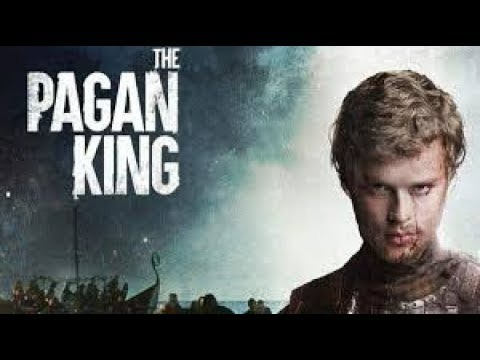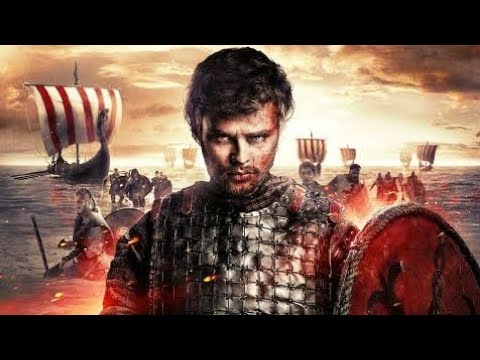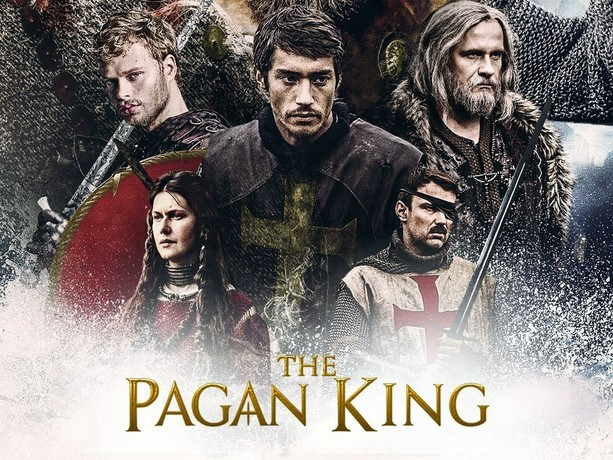
“The Pagan King: The Battle of Death,” directed by Aigars Grauba, is a historical epic released in 2018 that explores themes of loyalty, power, and cultural identity in the face of impending conflict. Set in the 13th century, the film is inspired by the true events surrounding the rise of the pagan leader, King Namejs, as he fights to protect his kingdom from invading forces.
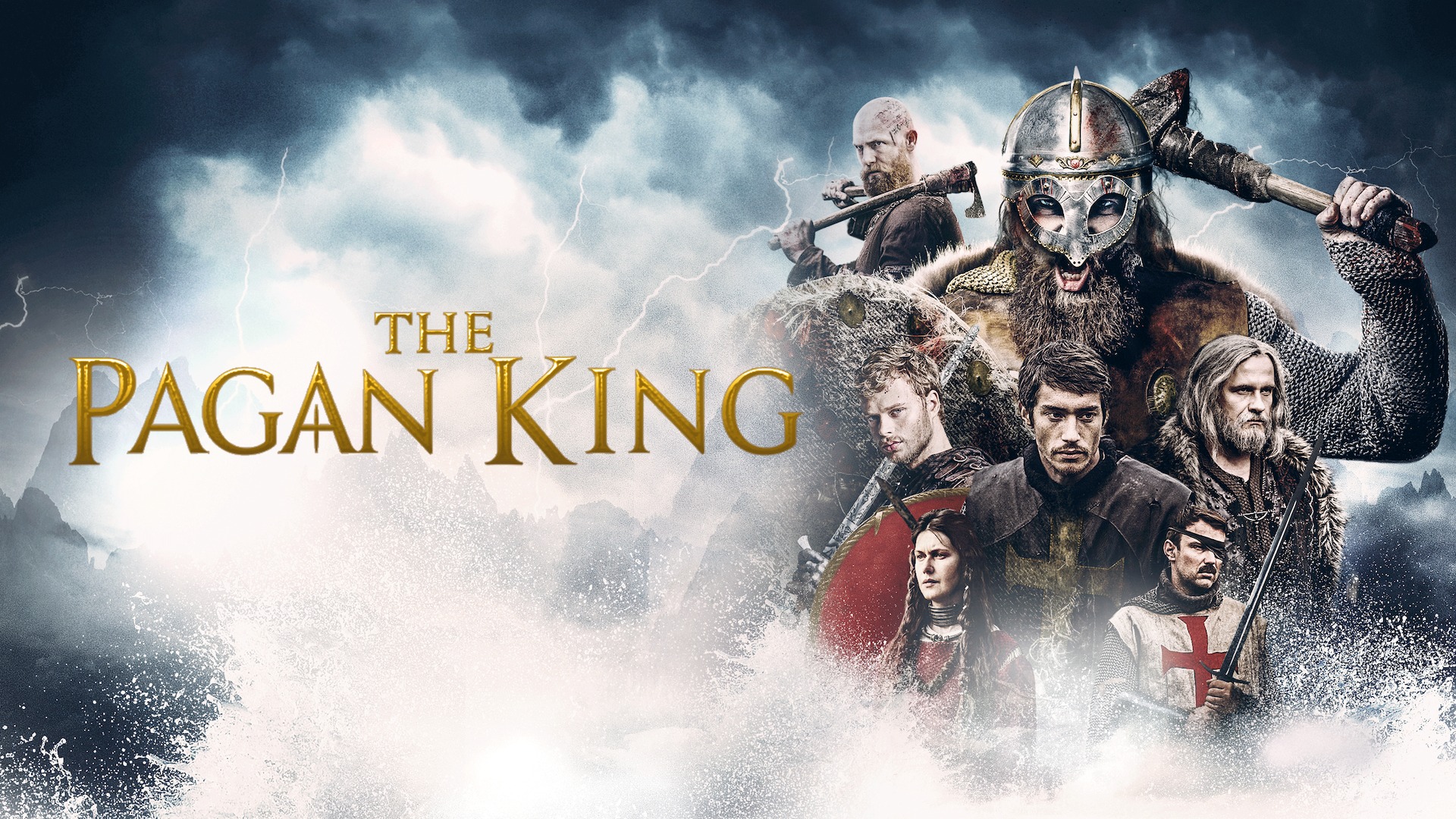
The story follows Namejs, portrayed by actor Edvin Endre, who rises to power amidst the turbulent political landscape of medieval Latvia. As Christianity begins to spread through the region, Namejs must navigate the complexities of leadership while staying true to his pagan roots and the beliefs of his people. Faced with the threat of foreign invaders, he rallies his warriors to defend their land and way of life.
The film is notable for its stunning cinematography, which captures the lush landscapes and rich cultural heritage of ancient Latvia. The battle scenes are intense and well-choreographed, immersing viewers in the chaos and brutality of warfare during this historical period. The attention to detail in the costumes and set designs further enhances the authenticity of the narrative.
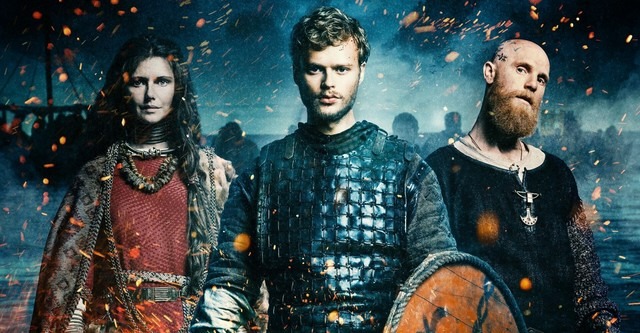
The performances in “The Pagan King” are compelling, with Edvin Endre delivering a strong portrayal of Namejs, balancing the character’s fierce determination with moments of vulnerability. The supporting cast, including actors like Mads Koudal and Aisling Franciosi, adds depth to the story, bringing to life the various factions and characters that populate this tumultuous world.
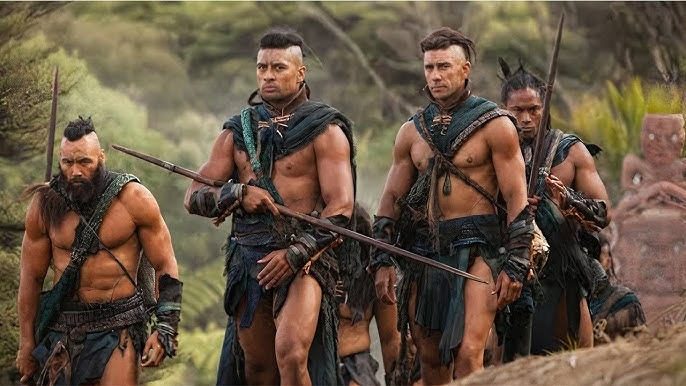
At its core, “The Pagan King: The Battle of Death” is not just a tale of war; it is an exploration of the struggle between faiths, the importance of cultural identity, and the sacrifices made for the sake of one’s homeland. The film raises important questions about the nature of power and the impact of external influences on traditional societies.
In conclusion, “The Pagan King: The Battle of Death” is a visually stunning and emotionally resonant film that offers a unique glimpse into a pivotal moment in history. With its engaging narrative, strong performances, and breathtaking visuals, it stands out as a significant contribution to the genre of historical cinema, inviting viewers to reflect on the complexities of loyalty, faith, and identity.
